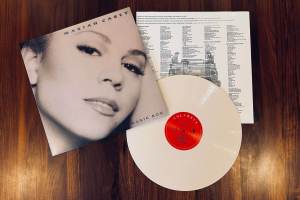
Women are no longer waiting for their prince charming to come and save them. After a recent study that was conducted, it appears women now have more autonomy and are more likely to marry for love than for financial stability due to the fact that they are financially independent themselves.
So does that make it more likely for individuals to find true love?
The Daily Mail reports that studies say women who are in their late twenties and early thirties are marrying down or “beneath themselves” and opting for men who are in a lower economic social class. As a result, the study which was done by the Institute for Public Policy Research, more women are marrying for love rather than money these days.
For the first time more women are “marrying down” than “up.” The study concludes that 28 percent of women born between 1976 and 1981 decided to marry men who had less education and were less wealthy than them. Around twenty years earlier in 1958 the number was 23 percent.
The number drastically decreased for women who were born from 1976 and 1981. Only 16 percent of these women “married up,” while more than half, 56 percent, married someone who was of the same social economic class.
Conversely, 39 percent of women married a man of the same class, with 38 percent “marrying up” in 1958.
Age has become less of an issue with “boy toys.” They were a thing of the nineties and by the time the noughties came around age difference barely mattered.
Richard Darlington from the IPPR explains, “Women are still marrying older men from the same social class as themselves, but for the first time, the proportion marrying down is higher than the proportion marrying up, and one in five women are now marrying men who are seven or more years older than them.”
Interestingly, official numbers that were released last week show that 52 percent of women who were 17-30 achieved higher education compared to 42 percent of men.



























